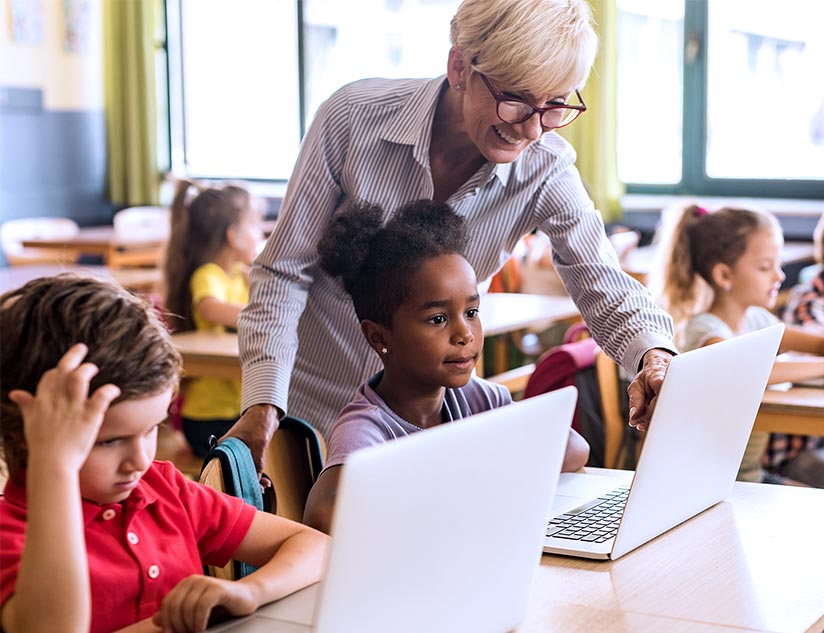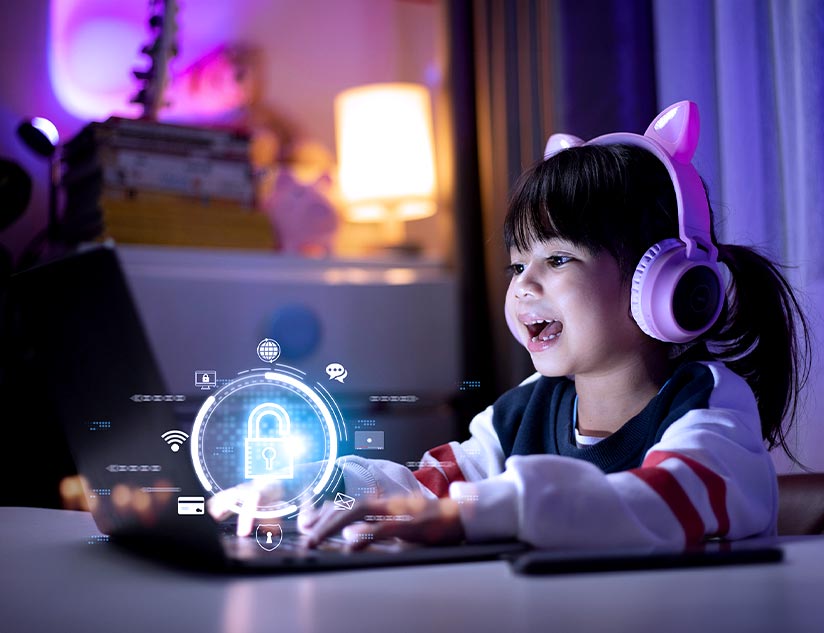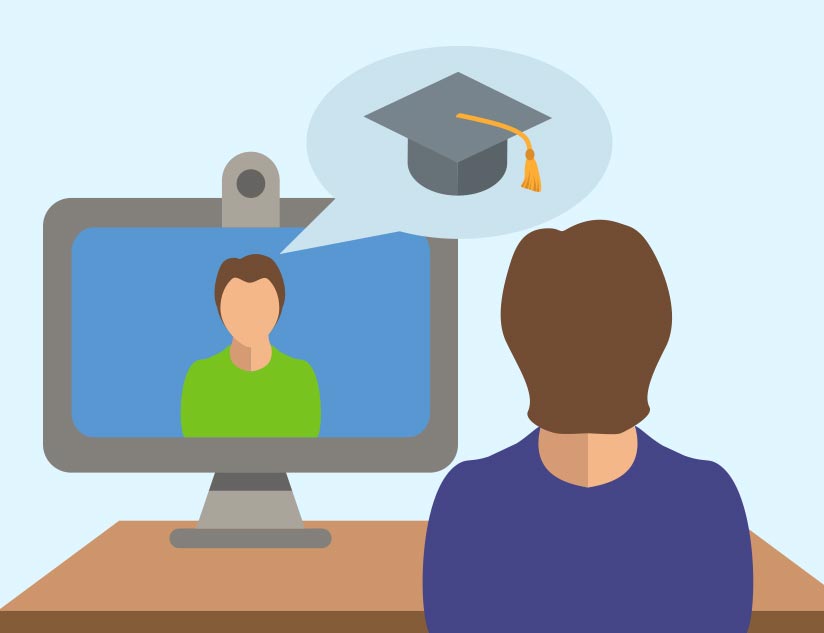EdTech Trends to Look Out for in 2023
July 13th, 2022
More than 2 years after the pandemic forced school closures worldwide, countries are still striving to ensure education continuity as new coronavirus variants emerge at frighteningly regular intervals. In the absence of a widespread vaccine protocol for children, full-scale face-to-face learning is still a distant reality. Thousands of schools in the US postponed their post-holiday return to classrooms as COVID-19 positivity rates spiked in the first week of 2022. Europe has followed suit, with many schools starting their December breaks early.
In this uncertain climate, the only thing that remains certain is that technological innovations will be at the heart of education systems worldwide. Technology-led remote learning is here to stay, and it holds promise for addressing inequality and building skills to ensure a better future for today’s students.
The question now is how EdTech providers worldwide respond to the needs of students and educators in building products that drive change. It is important to identify the underlying trends in the market, given that many past efforts to transform the education system have failed. Globally, students cannot afford to be let down by their technology partners any longer.
Underlying Trends in the Education Industry
1. Focus on Student-Centered Learning
With the shift to remote learning, there has been a strong inclination from students to complete their lessons and submit projects at their own pace. Asynchronous learning is on-trend, allowing students greater freedom and flexibility in learning.
Technology’s most significant impact has been the creation of personalized learning pathways. Students have shown keenness for individual attention from teachers, who can tap into real-time data to track their problems and learning progress. Data-rich models can help students develop holistically.
There is a growing global demand for tools that empower students to learn for themselves in collaborative and flexible ways. EdTech companies will also need to deliver engaging content to students that show positive learning outcomes. Researchers have highlighted that when students have greater autonomy over their learning, they are more engaged, show greater signs of well-being and satisfaction with their educational environments.
2. Diversity, Equity, and Inclusion (DEI)
In the past, DEI efforts for EdTech platforms meant content delivery to differently-abled students. Today, along with accessibility, digital learning platforms must provide tools and content that make learning possible for students of all socioeconomic classes. It is particularly important since Covid-19 has demonstrated a huge digital divide. In a 2020 report by the US National Center for Education Statistics, it was revealed that 7% of eighth graders who come from low-income families don’t have internet access, compared to 1.6% of students from affluent backgrounds. Without reliable internet connectivity, these inequalities will continue to grow.
Moreover, repeated nationwide school closures and limited resource availability for students, families, and educators, have wiped out years of learning progress in education. All of this builds a strong case for learning platforms to offer offline content. As a society, and particularly as the younger generation becomes more invested in issues like DEI and environmental protection, EdTech platforms will need to pay attention to these factors to increase brand value and adoption.
3. Social and Emotional Learning (SEL)
Apart from learning loss, it is important to remember the disastrous consequences of the pandemic for many students, who might have suffered the loss of loved ones. Supporting students’ SEL is important to support their mental well-being, catch up on learning loss, return to school, and adapt to new circumstances. SEL has specific benefits for disadvantaged students, who didn’t have much support during school closures. Technology can support various strategies to address such inequalities.
Also, there is now increased stress on other aspects of children’s development beyond numeracy and literacy. Multilingual content can make students from different cultures and emotional backgrounds feel valued. It can teach kids about the importance of diversity. Soft skills like communication, listening, problem-solving and more are important for students to succeed in the future. Thus, incorporating assessments and curriculum for SEL, or creating and distributing a separate SEL curriculum is the need of the hour for schools, districts, and educators.
4. Increase in Use of AI-Enabled Learning
Artificial Intelligence (AI) can be harnessed to provide more personalized and interactive learning experiences. While changes have already begun to take shape in many state curriculums for personalization, AI has the potential to enable hyper-personalized journeys.
Research suggests that the gross value of Augmented Reality (AR) in education could reach $5.3 billion by 2023 and it might touch $640 million for head-mounted Virtual Reality (VR) tools used in education. Unfortunately, most schools are having a difficult time implementing this technology. Thus, it becomes important to address this issue and maximize its benefits in the coming years.
5. A Focus on Instructional Core
Lastly, technology has to adopt a laser focus on improving the instructional core. Despite technological advancements in the recent past, educators continue to remain the most important element in the learning process for students. Authentic student engagement, high-quality instructional materials, and technology tools are imperative for positive learning outcomes. In a blended learning approach, various content formats like videos, audios, eBooks, translators, and dynamic assessments will make their jobs easier.
EdTech firms must ensure that tools are easy-to-use, and that content authoring solutions power content creators to develop accessible and inclusive learning materials.














